Fault Simulation Analysis of HVDC Transmission
DOI: 10.23977/jpemd.2023.020102 | Downloads: 26 | Views: 2228
Author(s)
Chen Chen 1, Li Chen 1
Affiliation(s)
1 State Grid Shaanxi Electric Power Co., Ltd., Ultra High Voltage Company, Xi'an, Shaanxi, China
Corresponding Author
Chen ChenABSTRACT
High voltage direct current transmission (HVDC) has the advantages of large transmission capacity, low cost, low losses, and strong asynchronous networking ability between power systems. Moreover, its high stability in transmitting electricity is conducive to long-distance and high-capacity power transmission. Moreover, high-voltage direct current transmission has advantages such as good economic efficiency, high-power long-distance transmission, and interconnection with different frequencies. In this context, the structure and control methods of high-voltage direct current transmission were studied. Finally, the HVDC was modeled using Simulink in Matlab, and based on this model, the system DC line fault simulation was conducted, resulting in corresponding simulation waveforms, which verified the effectiveness and correctness of the HVDC model.
KEYWORDS
HVDC transmission; Matlab/Simulink; Simulation; Simulation analysis; Line faultCITE THIS PAPER
Chen Chen, Li Chen, Fault Simulation Analysis of HVDC Transmission. Journal of Power Electronics, Machines and Drives (2023) Vol. 2: 6-12. DOI: http://dx.doi.org/10.23977/jpemd.2023.020102.
REFERENCES
[1] Cai J. & Dong X. Z. (2019). Overview of research on fault clearing and recovery strategies for High-voltage direct current transmission lines. Power System Automation (11), 181-190.
[2] Cao H., Zhou Z. X., Lv P. F., Xie Z. R., Li B. T., et al. (2022). Research on analytical method for initial stage of High-voltage direct current line fault. Journal of Power Systems and Automation (07), 137-147.
[3] Chai X. J. and Han P. (2020). Analysis of fault characteristics of High-voltage direct current lines. Electrical switch (05), 5-8.
[4] Liao M. G., Zhang W., Yuan H. & Zeng H. T. (2022). Cable fault location of High-voltage direct current grounding electrode line based on multi pulse injection method. Grid and Clean Energy (09), 98-104+111.
[5] Shu H. C., Yang J. J., and Zhang G. B. (2022). Cable fault location based on frequency difference ratio of two terminal traveling wave of High-voltage direct current transmission line. Chinese Journal of Electrical Engineering (18), 6715-6727.
[6] Tian Y. Y., Wang R. C., Lu W. X. & Yin Z. K. (2019). Analysis of conventional High-voltage direct current converter valves and their common faults. Electrical Technology (13), 72-74.
[7] Wang Z. K., Gao Z. G. & Zhao Y. J. (2020). Research on a Cable fault location method for ultra High-voltage direct current transmission. Journal of Shenyang Institute of Engineering (Natural Science Edition) (02), 65-70.
[8] Xu Z. M., Hu Z. L., Zhang T., Huang X. D., Tong C. W., et al. (2018). Short circuit fault analysis and test scheme of High-voltage direct current thyristor converter valve. Proceedings of the Conference on Ultra High Voltage Direct Current Transmission Technology (EDS.) (pp. 57-63). Editorial Department of Global Energy Internet.
[9] Xu Z. M., Hu Z. L, Zhang T., Huang X. D., Tong C. W., et al. (2019). Short circuit fault analysis and test method research of thyristor converter valve for High-voltage direct current transmission. High Voltage Electrical Appliances (12), 145-153.
[10] Zhang H. Q. (2020). Optimization and fault location scheme of converter backup protection in High-voltage direct current system (master's Thesis, Southwest Jiaotong University).
[11] Zou H. B., Fu C. L. & Gao S. Q. (2021). Cable fault location of High-voltage direct current transmission line based on complementary empirical mode decomposition. Journal of China Three Gorges University (Natural Science Edition) (02), 93-99.
| Downloads: | 56 |
|---|---|
| Visits: | 9918 |
Sponsors, Associates, and Links
-
Information Systems and Signal Processing Journal
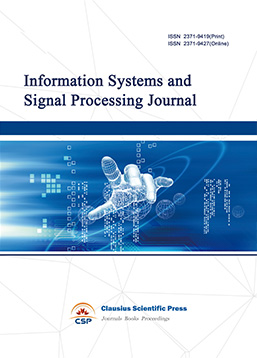
-
Intelligent Robots and Systems
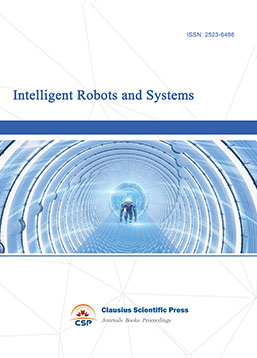
-
Journal of Image, Video and Signals
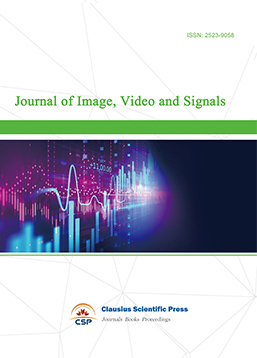
-
Journal of Electronics and Information Science
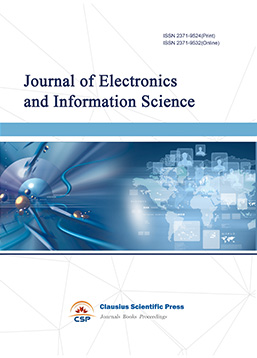
-
Transactions on Real-Time and Embedded Systems
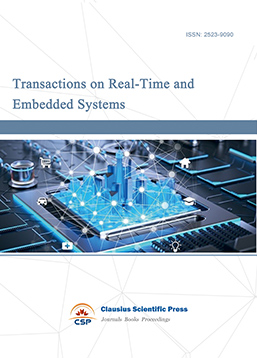
-
Journal of Electromagnetic Interference and Compatibility
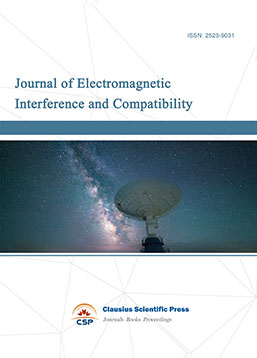
-
Acoustics, Speech and Signal Processing
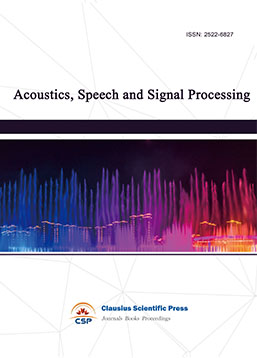
-
Journal of Electro Optics and Lasers
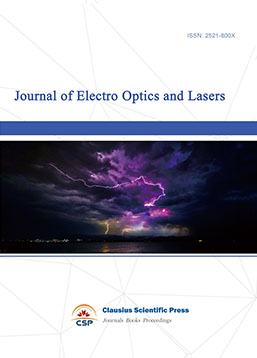
-
Journal of Integrated Circuits Design and Test
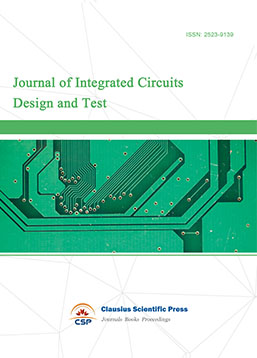
-
Journal of Ultrasonics
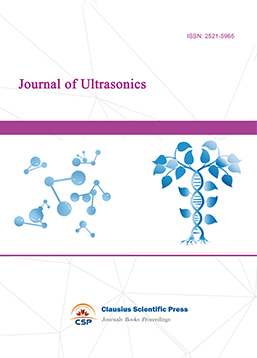
-
Antennas and Propagation
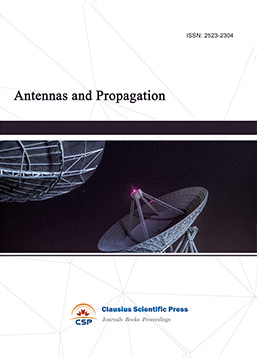
-
Optical Communications
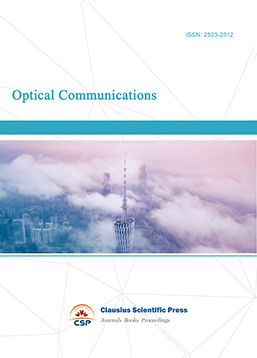
-
Solid-State Circuits and Systems-on-a-Chip
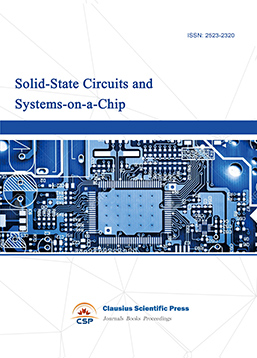
-
Field-Programmable Gate Arrays
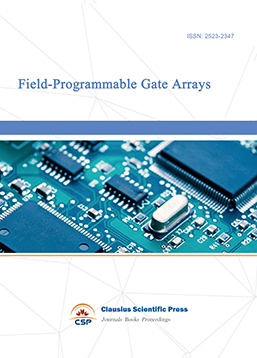
-
Vehicular Electronics and Safety
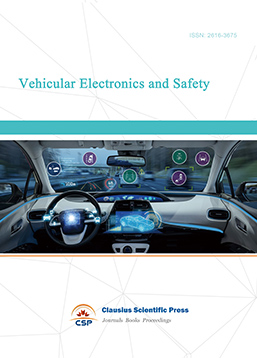
-
Optical Fiber Sensor and Communication
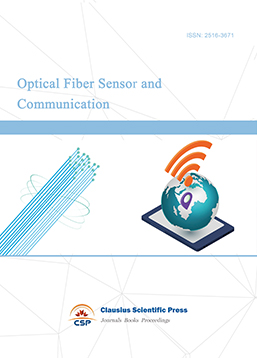
-
Journal of Low Power Electronics and Design
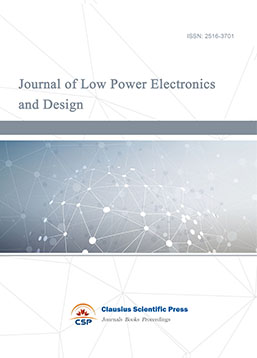
-
Infrared and Millimeter Wave
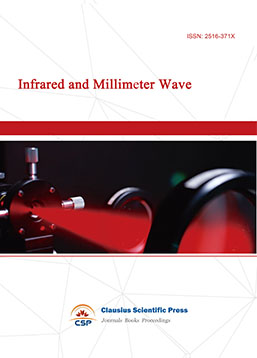
-
Detection Technology and Automation Equipment
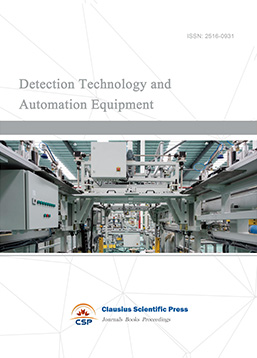
-
Journal of Radio and Wireless
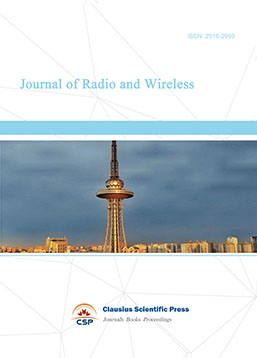
-
Journal of Microwave and Terahertz Engineering
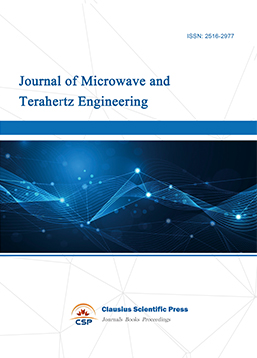
-
Journal of Communication, Control and Computing
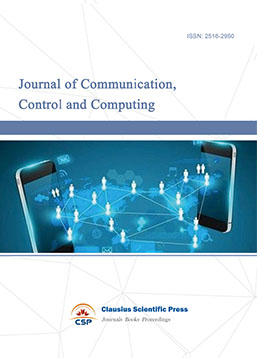
-
International Journal of Surveying and Mapping
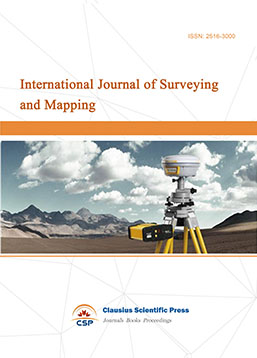
-
Information Retrieval, Systems and Services
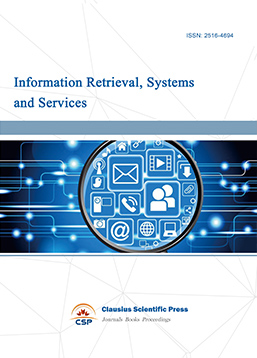
-
Journal of Biometrics, Identity and Security
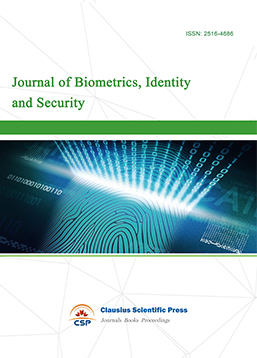
-
Journal of Avionics, Radar and Sonar
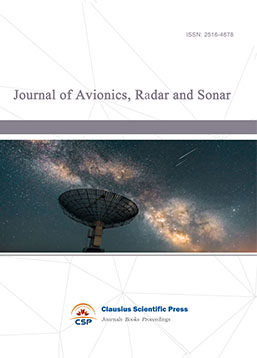

 Download as PDF
Download as PDF